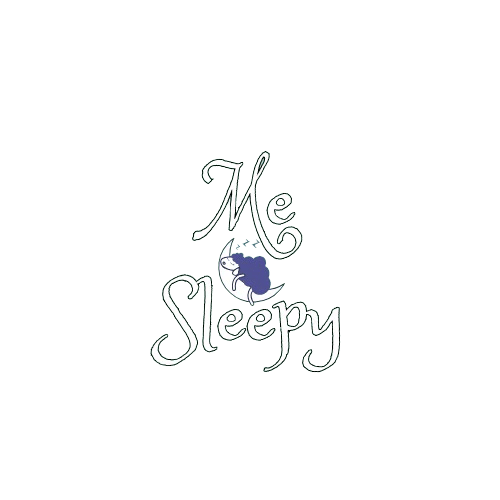Understanding Insomnia in Elite Athletes
Insomnia and Poor Sleep Quality Among Professional Athletes
Insomnia and poor sleep quality are common issues faced by elite athletes. The demands of their rigorous training schedules, frequent travel, and high-pressure competitions often contribute to disrupted sleep patterns. This lack of quality rest can significantly impact their performance and overall well-being. Athletes require optimal sleep to recover physically and mentally, making insomnia a critical concern in the sports community.
Factors Contributing to Insomnia: Sleep Environment and Bedtime Routines
Several factors contribute to insomnia in athletes, with sleep environment and bedtime routines being among the most significant. A conducive sleep environment is crucial for restful sleep, yet athletes often find themselves in unfamiliar settings due to travel, which can disrupt their sleep. Additionally, inconsistent bedtime routines, often dictated by training and competition schedules, can further exacerbate sleep issues. Establishing a consistent and calming pre-sleep routine is essential for athletes to improve their sleep quality.
Innovative Approach: GIFs for Sleep Enhancement
Research Led by the University of Kent Explores Using GIFs to Improve Sleep
In an innovative approach to tackle insomnia in athletes, researchers at the University of Kent have explored the use of GIFs (Graphic Interchange Format) to enhance sleep quality. This study, led by Dr. Julie Gooderick and her team, focused on professional female footballers from the Women’s Super League in England. The research aimed to assess how targeted sleep hygiene messages delivered through GIFs could improve sleep among these athletes.
GIFs Deliver Targeted Sleep Hygiene Messages to Athletes
The study involved creating personalized GIFs that conveyed specific sleep hygiene messages to each athlete. These messages were designed to be concise and engaging, ensuring a high rate of interaction. Examples of the messages included advice such as “Screens away 30 minutes before bed” and “Replace caffeinated drink with non-caffeinated herbal tea or water.” By delivering these messages consistently at 8 pm daily over a two-week period, the researchers aimed to encourage athletes to adopt healthier sleep habits. This novel approach demonstrated that simple, targeted interventions could effectively address sleep issues in athletes, offering a resource-efficient solution for improving sleep quality.
Implementation of GIF Interventions for Insomnia
Professional Female Footballers Received Personalized GIF Messages
The University of Kent’s study took a hands-on approach by working directly with professional female footballers from the Women’s Super League. Each athlete received personalized GIF messages tailored to their specific sleep hygiene needs. These GIFs were not just random animations but were carefully crafted to address individual sleep challenges identified by the athletes themselves. The goal was to make these messages as engaging and easy to digest as possible, ensuring that the athletes would be more likely to incorporate the advice into their nightly routines.
Messages Focused on Sleep Hygiene Tips, Such as Reducing Screen Time and Caffeine Intake
The content of the GIFs was centered around practical sleep hygiene tips. For instance, athletes were reminded to put away screens at least 30 minutes before bedtime, a crucial step in reducing blue light exposure that can interfere with sleep. Another common message was to swap out caffeinated drinks for non-caffeinated herbal teas or water, helping to minimize the stimulating effects of caffeine that can delay sleep onset. These messages were delivered consistently at 8 pm each evening over a two-week period, reinforcing the importance of these habits and encouraging athletes to make small but impactful changes to their routines.
Results and Implications of the Study on Insomnia
Footballers Reported Improved Sleep Quality During the Intervention
The results of the study were promising. By the end of the nine-week period, the footballers reported noticeable improvements in their sleep quality. This was particularly significant given that the intervention took place mid-season, a time typically associated with increased stress and disrupted sleep patterns. The athletes found the GIFs to be a helpful reminder to prioritize their sleep hygiene, leading to better rest and recovery.
GIF Messaging Offers a Resource-Efficient Method for Addressing Insomnia in Athletes
The success of this intervention highlights the potential of GIF messaging as a cost-effective and accessible tool for improving sleep among athletes. Unlike traditional sleep coaching, which can be resource-intensive and require significant time commitments, GIFs offer a simple yet effective alternative. This approach allows athletes and coaches to access specialized sleep advice without the need for extensive resources or logistical challenges. The study opens up new possibilities for using digital interventions to enhance athlete well-being, providing a scalable solution that can be easily adapted to various sports and individual needs.
For more insights on sleep disorders and innovative solutions, check out our Sleep Disorder Blog or explore our Sleep Sound Playlists to aid in creating a calming bedtime environment.
Source: https://www.sciencedaily.com/releases/2025/03/250307125719.htm



